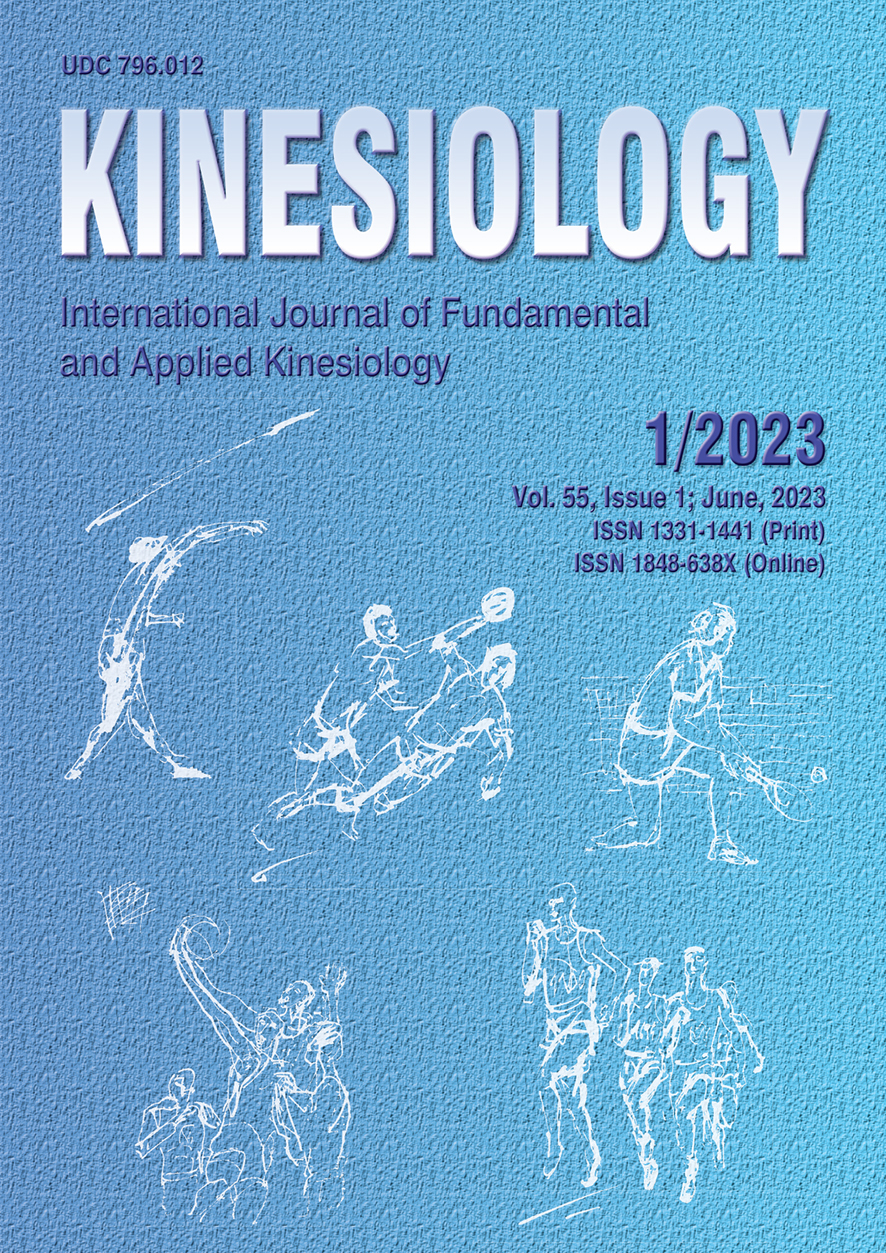WHOLE-BODY VIBRATION TRAINING FOR CHILDREN WITH NEUROLOGICAL DISABILITIES: A META-ANALYSIS
Keywords:
Neurological Disabilities, Whole-body Vibration Training, Bone Mineral DensityAbstract
Over the years, the concern over bone health deterioration in children with neurological disabilities (ND) has caught the interest of the research community. As the current traditional exercise methods are considered too challenging for children with ND, it is essential to seek effective rehabilitation programs with minimum difficulties and movement restrictions for children with disabilities, ultimately improving their muscle and bone health. Therefore, this study was performed to evaluate the potential application of whole-body vibration training (WBVT) as a beneficial and effective approach to improving bone mineral density (BMD), total body bone mineral content (BMC), and lean mass in children with ND. The impact of WBVT on children with ND was investigated using a systematic review and meta-analysis approach following the Preferred Reporting Items for Systematic Reviews and Meta-Analyses (PRISMA). A database search was conducted to screen and select previous literature sources published from January 2002 to July 2022 from EBSCO, PubMed, Scopus, and Web of Science databases that met the inclusion and exclusion criteria. Following the quality assessment (PEDro scale and NIH scale) and sensitivity analysis, the standardized mean difference (SMD) was conducted using the STATA 15.1 software with a 95% confidence interval (95% CI) (PROSPERO registration number: CRD42022343789). Eight studies (four randomized controlled trial [RCT] and four non-RCT studies) were selected, which involved 184 male and 130 female participants. Based on the PEDro scale, all RCT studies were classified as high methodological quality, while the NIH scale rated all non-RCT papers as “Good”. In addition, the meta-analysis results indicated that WBVT substantially enhanced femur BMD [(p<.01, z = 3.37), SMD (95% CI) = 0.47 (0.20, 0.74)], lumbar spine BMD [(p=.02, z = 2.32), SMD (95% CI) = 0.32 (0.05, 0.58)], total body BMC [(p<.01, z = 3.42), SMD (95% CI) = 0.29 (0.12, 0.46)] and lean mass [(p<.01, z = 2.80), SMD (95% CI) = 0.25 (0.07, 0.42)] of children with ND. However, the effect of WBVT was insignificant on the total body BMD of children with ND [(p=.22, z = 1.24), SMD (95% CI) = 0.14 (-0.08, 0.37)]. The meta-analysis demonstrated the significant effect of WBVT on the femur BMD, lumbar spine BMD, total body BMC, and lean mass in children with ND. Hence, WBVT can be suggested as a complementary treatment prescription for children with ND.
Key words: neurological disabilities, whole-body vibration training, bone mineral density
Downloads
Published
How to Cite
Issue
Section
License

This work is licensed under a Creative Commons Attribution-NonCommercial 4.0 International License.
At Faculty of Kinesiology we recognize that access to quality research is vital to the scientific community and beyond. Kinesiology is non-profit journal and all costs of publishing and peer review process are covered by the publisher itself or other funding sources like Ministry of Science and Education of the Republic of Croatia. Full text papers are also available free of charge at http://hrcak.srce.hr/kineziologija. There are no restrictions on self archiving of any form of paper (preprint, postprint and publisher's version).
Articles are distributed under the terms of the CC BY - NC 4.0
Kinesiology does not charge any fees to authors to submit or publish articles in our journal.


